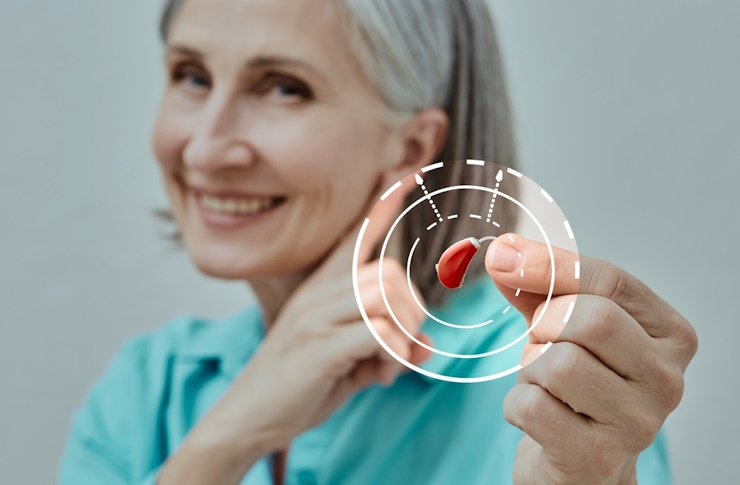Skin Rashes: Understanding Causes, Types, and Treatments
Skin rashes are a common medical condition that affects people of all ages. These irritating and sometimes painful skin abnormalities can be caused by various factors, ranging from allergic reactions to genetic predispositions. Understanding the different types of skin rashes, their causes, and available treatments is crucial for managing these conditions effectively. This article delves into the world of skin rashes, providing valuable insights into their nature, diagnosis, and management.

-
Psoriasis: An autoimmune condition that leads to the rapid buildup of skin cells, forming scaly, itchy patches.
-
Hives (urticaria): Raised, itchy welts that can appear suddenly and often resolve within hours or days.
-
Heat rash: Small, red bumps that occur when sweat ducts become blocked, typically in hot and humid conditions.
Each type of rash may require different approaches to diagnosis and treatment, making it essential to consult a healthcare professional for proper identification and management.
What are the main causes of skin rashes?
Skin rashes can be triggered by a wide array of factors, including:
-
Allergies: Common allergens like pollen, pet dander, or certain foods can cause skin reactions.
-
Infections: Bacterial, viral, or fungal infections can lead to various types of rashes.
-
Medications: Some drugs may cause skin reactions as a side effect.
-
Environmental factors: Exposure to heat, cold, or certain chemicals can irritate the skin.
-
Genetic predisposition: Some individuals may be more prone to developing certain skin conditions due to their genetic makeup.
-
Autoimmune disorders: Conditions like lupus or psoriasis can manifest as skin rashes.
-
Stress: Emotional or physical stress can exacerbate existing skin conditions or trigger new rashes.
Understanding the underlying cause of a rash is crucial for determining the most effective treatment approach and preventing future occurrences.
How are skin rashes diagnosed and treated?
Diagnosing skin rashes often involves a combination of visual examination, patient history, and sometimes additional tests. Healthcare providers may:
-
Perform a physical examination of the affected area
-
Ask about recent exposures, medications, and medical history
-
Conduct patch tests to identify potential allergens
-
Order blood tests to check for underlying conditions or infections
-
Take a skin biopsy in some cases
Treatment options vary depending on the type and cause of the rash but may include:
-
Topical corticosteroids to reduce inflammation and itching
-
Antihistamines for allergic reactions
-
Antibiotics or antifungal medications for infections
-
Moisturizers to soothe and protect the skin
-
Immunosuppressants for autoimmune-related rashes
-
Lifestyle changes to avoid triggers or irritants
It’s important to note that self-diagnosis and treatment of skin rashes can be risky. Always consult a healthcare professional for proper diagnosis and treatment recommendations.
Can skin rashes be prevented?
While not all skin rashes can be prevented, there are several steps you can take to reduce your risk:
-
Identify and avoid known allergens or irritants
-
Maintain good skin hygiene by washing regularly with mild, fragrance-free soaps
-
Keep skin moisturized, especially if you’re prone to dry skin conditions
-
Wear protective clothing when exposed to potential irritants
-
Manage stress through relaxation techniques or lifestyle changes
-
Follow a healthy diet and stay hydrated
-
Use sunscreen to protect against sun-induced rashes
-
Be cautious when trying new skincare products or cosmetics
By adopting these preventive measures, you can significantly reduce the likelihood of developing certain types of skin rashes.
When should you seek medical attention for a skin rash?
While many skin rashes are harmless and resolve on their own, some situations warrant immediate medical attention:
-
The rash is accompanied by fever, severe pain, or signs of infection
-
The rash spreads rapidly or covers a large area of the body
-
You experience difficulty breathing or swelling of the face or throat
-
The rash doesn’t improve with over-the-counter treatments
-
The rash interferes with daily activities or sleep
-
You have a weakened immune system or other underlying health conditions
-
The rash appears shortly after starting a new medication
In these cases, prompt medical evaluation can help prevent complications and ensure appropriate treatment.
Skin rashes are a common medical concern that can significantly impact a person’s quality of life. By understanding the various types, causes, and treatment options available, individuals can better manage their skin health and seek appropriate care when needed. Remember that while some rashes may be minor and easily treated, others can be signs of more serious underlying conditions. When in doubt, always consult a healthcare professional for proper diagnosis and treatment of skin rashes.
This article is for informational purposes only and should not be considered medical advice. Please consult a qualified healthcare professional for personalized guidance and treatment.






